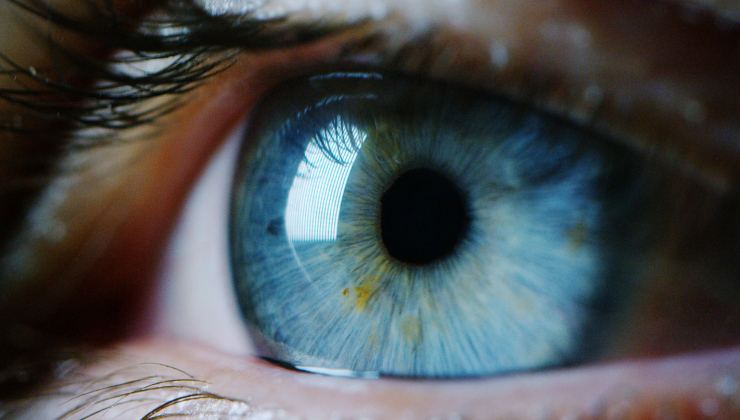3 Facts About Vision Problems And Diseases

According to the World Health Organization (WHO), more than two billion people worldwide are visually impaired. Therefore, coinciding with World vision Day, IMO Grupo Miranza wishes to emphasise the prevention of these diseases and refractive errors, which can affect the vision and quality of life of those who suffer from them.
1. Cataracts
Cataracts consist of the loss of transparency of the lens, a “natural lens” of the eye, which is located behind the pupil. Cataract patients often experience a gradual loss of vision, problems with colour appreciation and changes in contrast.
3 facts about cataracts you may not have known
1. The world’s leading cause of visual impairment
2. They affect 50% of people over 65 years
3. They are present at birth (congenital cataracts)
How are they treated?
Cataracts are treated with surgery that consists of remove the lens and replace it with a lens that is placed inside the eye, so that it performs its function.
It is a simple operation but must be carried out by expert hands to guarantee the best results.
2. Glaucoma
Glaucoma is a disease that causes irreversible and progressive damage to the optic nerve and trigger to blindness. This disease can be due to several factors, the most well known of which is ocular hypertension or elevated intraocular pressure.
3 facts about glaucoma you may not have known
1. It is the second cause of irreversible blindness in the world
2. It affects 80 million people
3. 50% of people who suffer from glaucoma do not know it because it does not give noticeable visual symptoms in the initial stages
How is it treated?
At the moment, there is no specific treatment for glaucoma. However, there are medical and surgical therapies that aim to conserve the patient’s vision by decreasing eye pressure. For this reason, it is very important to carry out periodic eye examinations to detect it early.
3. AMD (age-related macular degeneration)
AMD is a degenerative disease of the macula, the central part of the retina. Which causes the perception of a black spot in the central vision area of , which gradually increases until blindness is produced.
3 facts about AMD you may not have known
1. It is the leading cause of severe vision loss in people over 65 years
2. Tobacco multiplies by 5 the possibilities of developing it
3. Age is your main risk factor (usually not before age 50-60 years)
How is it treated?
There are 2 types of AMD with different evolution:
o Wet AMD: characterized by a rapid loss of vision that is treated with intravitreal injections that slow down its evolution and, in many cases, manage to recover part of the lost vision. For good results, it is key to start the treatment as soon as possible.
o Dry AMD: the loss of vision is slower and there is currently no effective treatment. To slow down its evolution, the ophthalmologist usually prescribes certain antioxidant vitamin supplements, which help protect the retina.
4. Refractive defects
Myopia, hyperopia, presbyopia or astigmatism are refractive errors or defects. Except in the case of presbyopia, they are due to abnormal shapes of the eyeball which, depending on the refractive defect, cause distorted vision at near, far or any distance
3 facts about myopia that you may not have known
1. It affects 25% of the population, a figure that is increasing, especially among young people
2. Causes poor distance vision
3. If myopia is high, there is a risk of developing glaucoma or retinal detachment
3 facts about hyperopia that you may not have known
1. Causes poor near vision
2. About 10% of the population suffers from it
3. Can be related with other diseases, such as glaucoma
3 facts about presbyopia (old eye) that you may not have known
1. Causes difficulty in seeing up close
2. It affects more than 90% of those over 45
3. It is due to the loss of elasticity of the crystalline lens (natural lens of the eye)
3 facts about astigmatism you may not have known
1. It causes distorted vision at all distances
2.About 30% of the population is astigmatic
3.In some cases, it may be due to a degenerative disease of the cornea (keratoconus)
How can they be treated?
Refractive defects are usually treated with optical correction, wearing glasses or contact lenses.
If the patient wants, refractive surgery techniques can also be performed to correct the refractive error so that the person suffering from can do daily activities without glasses.
5. Diabetic Retinopathy
Diabetic retinopathy is the main consequence, at eye level, of diabetes and causes a loss of vision that can be very severe, if not treated in time.
3 facts about diabetic retinopathy you may not have known
1. May cause blurry vision and gradual loss of vision, as well as the appearance of spots or “floaters”
2.It is the most common vascular disease of the retina
3.The risk of blindness is 25 times higher than average if diabetes is not well metabolic control
